Description
A money bag 3D model in STL file format is a digital representation of a bag or sack designed to store and transport money, coins, or other valuable items. This unique 3D object can be created using various 3D modeling software and saved in STL file format, which is widely used for 3D printing.
Here are some key features of a typical money bag 3D model in STL file format:
– Geometry and Topology: The model’s geometry refers to its shape and structure, while its topology describes the relationship between its various components. A well-designed money bag 3D model will have a clean, efficient topology that ensures the model can be easily printed without errors or defects.
– Texture and Detail: A realistic money bag 3D model will include various details and textures, such as stitching, seams, and folds, that make the bag appear more lifelike. These details may be included in the form of normal or displacement maps, which add depth and dimensionality to the model’s surface.
– Scale and Size: The model’s scale and size are critical considerations, particularly if the model is intended for 3D printing. The STL file should include information about the model’s dimensions, such as its height, width, and depth, as well as the recommended print size and orientation.
– Handles and Clasps: Some money bag 3D models may include additional features, such as handles or clasps, that add functionality or aesthetic appeal to the model. These details should be carefully designed and placed to ensure they do not interfere with the model’s printing or structural integrity.
– Materials and Colors: The model’s materials and colors can be customized to suit the needs of the project or application. Some common materials used for 3D printing money bag models include plastic, resin, and metal, while colors may be added in the form of dyes, pigments, or paint.
– Printability: Finally, a high-quality money bag 3D model should be designed with printability in mind. This means that the model should be optimized for 3D printing, with appropriate wall thickness, infill, and support structures. Additionally, the model should be checked for errors or defects using software tools such as Meshmixer or Netfabb to ensure a successful print.

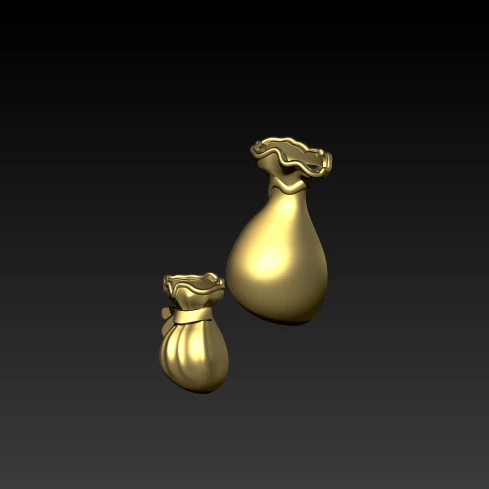
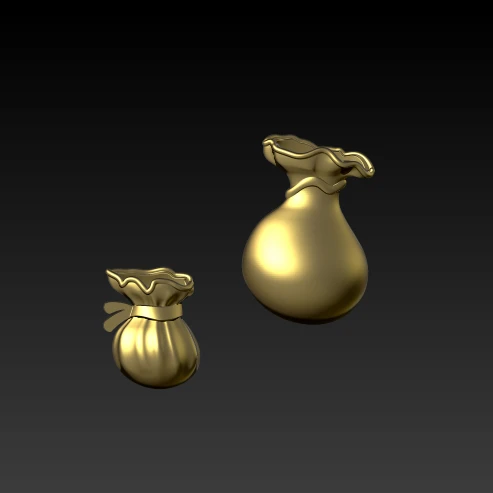
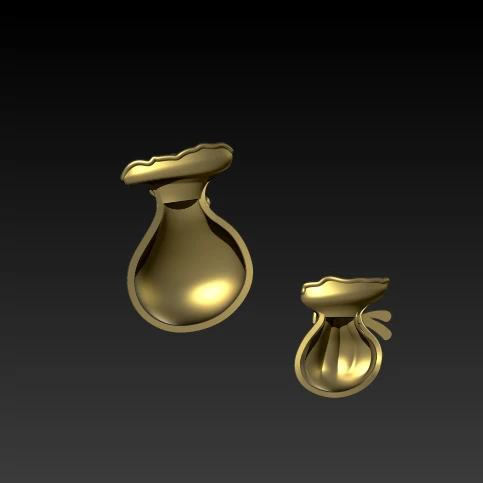
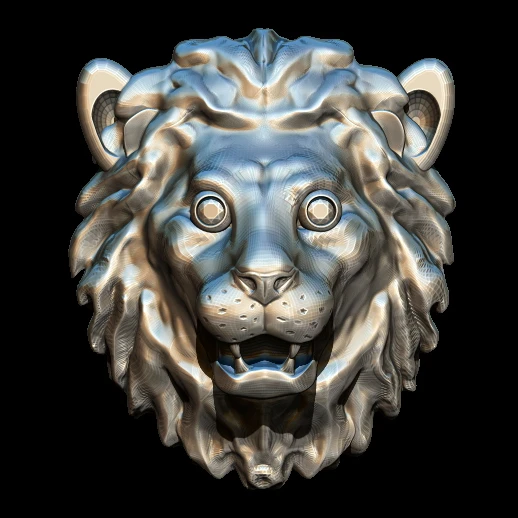

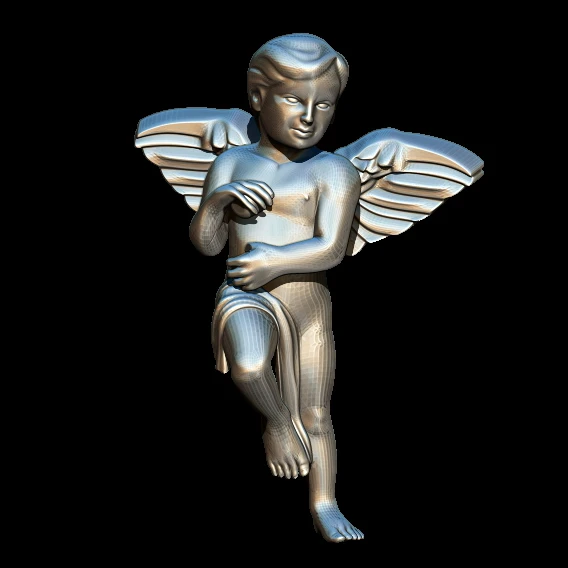

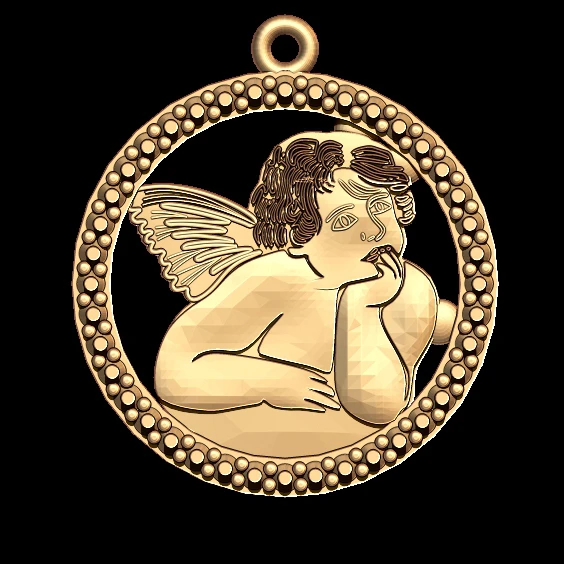
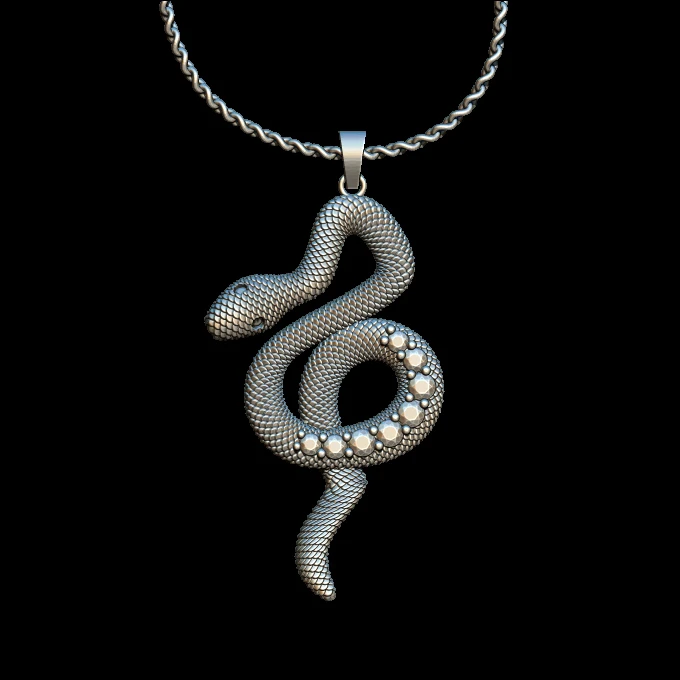
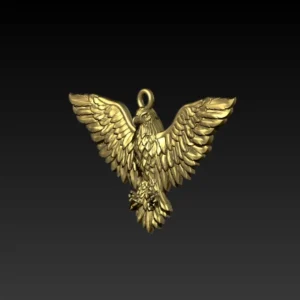
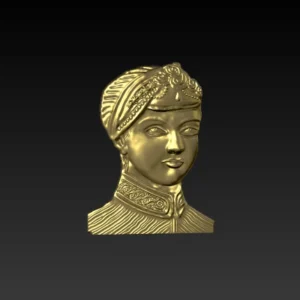
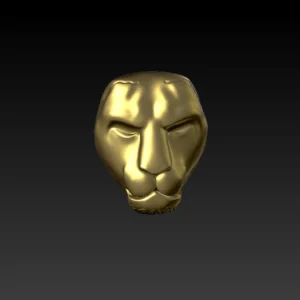
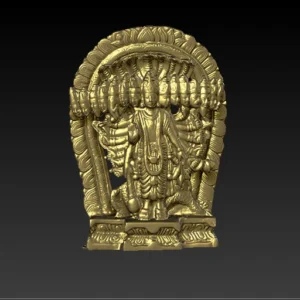
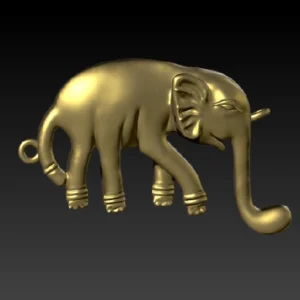
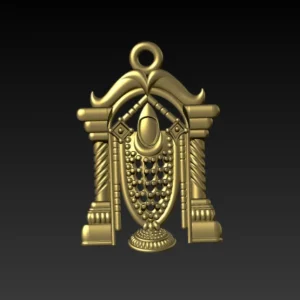
Reviews
There are no reviews yet.